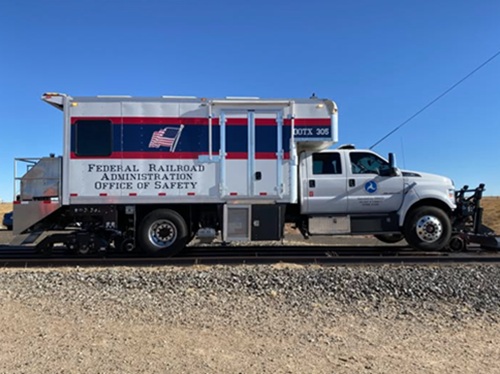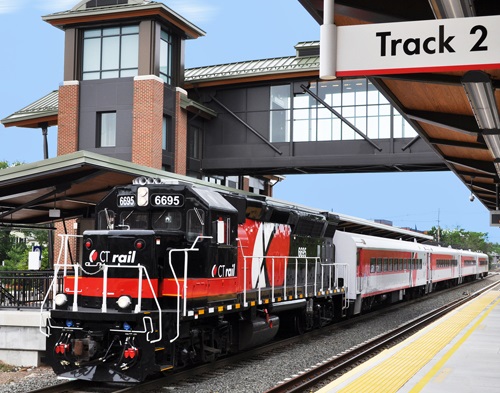State departments of transportation continue to ramp up their response efforts where needed as state governments continue to battle the global coronavirus pandemic.
Formally known as COVID-19, this novel coronavirus causes mild-to-moderate respiratory illness and has not been previously detected in animals or humans, according to the Centers for Disease Control (CDC). Its symptoms mirror those of the flu, including fever, cough, and shortness of breath, with the CDC noting that reported illnesses have ranged from mild symptoms to severe illness and death for confirmed COVID-19 cases.

Major outbreaks are ongoing in China, Iran, and Italy, with several isolated coronavirus infections occurring in Washington State, New York, California, and Maryland, among others. To date, more than 12 U.S. states have declared emergencies in the face of the coronavirus outbreak.
State DOTs responsible for transit networks are beefing up the frequency and intensity of equipment and facility cleaning procedures.
The Connecticut Department of Transportation, for example, has been sanitizing nightly all trains and buses for over a week using enhanced cleaning and disinfection protocols recommended by the CDC.

That also includes “multiple cleansings” of frequent “touch points” such as door handles, escalator handrails and elevator buttons within the state’s busiest train stations.
“We would like to assure our customers that we are taking all appropriate measures to address this public health crisis,” explained Joseph Giulietti, commissioner of the Connecticut DOT, in a March 12 statement.
“The health and well-being of all of our passengers and employees is our number one priority and we will continue to monitor and stay on top of the situation as it changes,” he said.
Massachusetts Governor Charlie Baker (R) noted that the Massachusetts Bay Transportation Authority – a division of the Massachusetts Department of Transportation – will continue to disinfect surfaces and vehicles in line with its new cleaning protocol, but added in a statement that “older adults and those with underlying health issues [should] continue to avoid large crowds if possible.”

Maryland DOT and its divisions remain “actively engaged” with air travelers, motorists, transit riders, freight carriers and other customers to provide them information on CDC guidelines regarding COVID-19 as well as engage in enhanced sanitization efforts where applicable – efforts that have been ongoing since Maryland Governor Larry Hogan (R) declared a state of emergency on March 6:
- The Maryland DOT’s Motor Vehicle Administration is sharing information regarding COVID-19 on monitors at all of its branch offices. And, as of March 11, it is moving toward an all-appointments system for all transactions in order to eliminate walk-ins, reduce foot traffic, and keep crowds to a minimum in order to minimize the chance of the virus spreading.
- At Baltimore Washington International/Thurgood Marshall Airport coronavirus awareness signage has been posted on electronic signs around all terminals, with CDC information cards available at the airport’s information desks and supplied to airport fire department personnel.
- At the Port of Baltimore, hours of operation at Seagirt Marine Terminal container facility are being adjusted due to lower cargo volumes at that facility, while cruise ship operators at the port – in partnership with U.S. Coast Guard and the Maryland Port Administration – are screening travelers and crew members for the coronavirus.
- The Maryland Transit Administration continues to clean all transit vehicles and adjust cleaning schedules based on guidance and protocols issued by the CDC and Maryland Department of Health.
 Top Stories
Top Stories
State DOTs Making Preparations for Wintertime Operations
December 12, 2025 Top Stories
Top Stories

